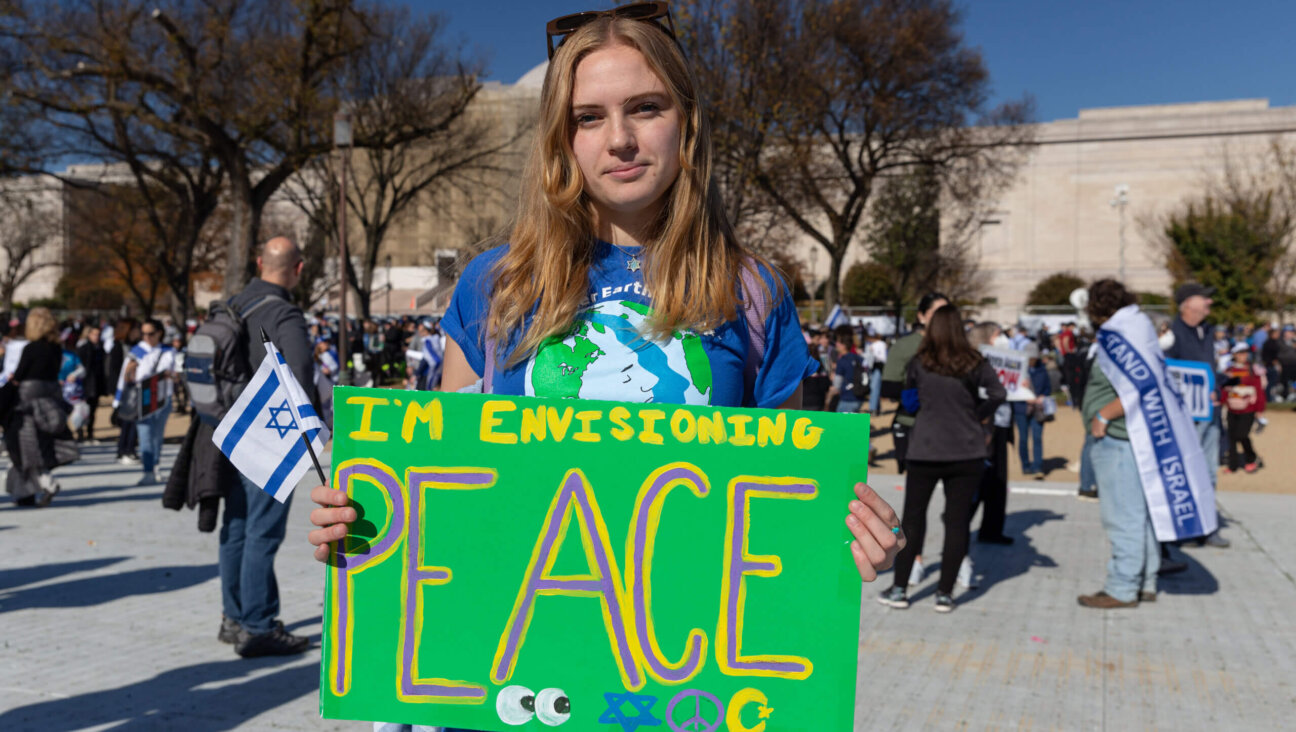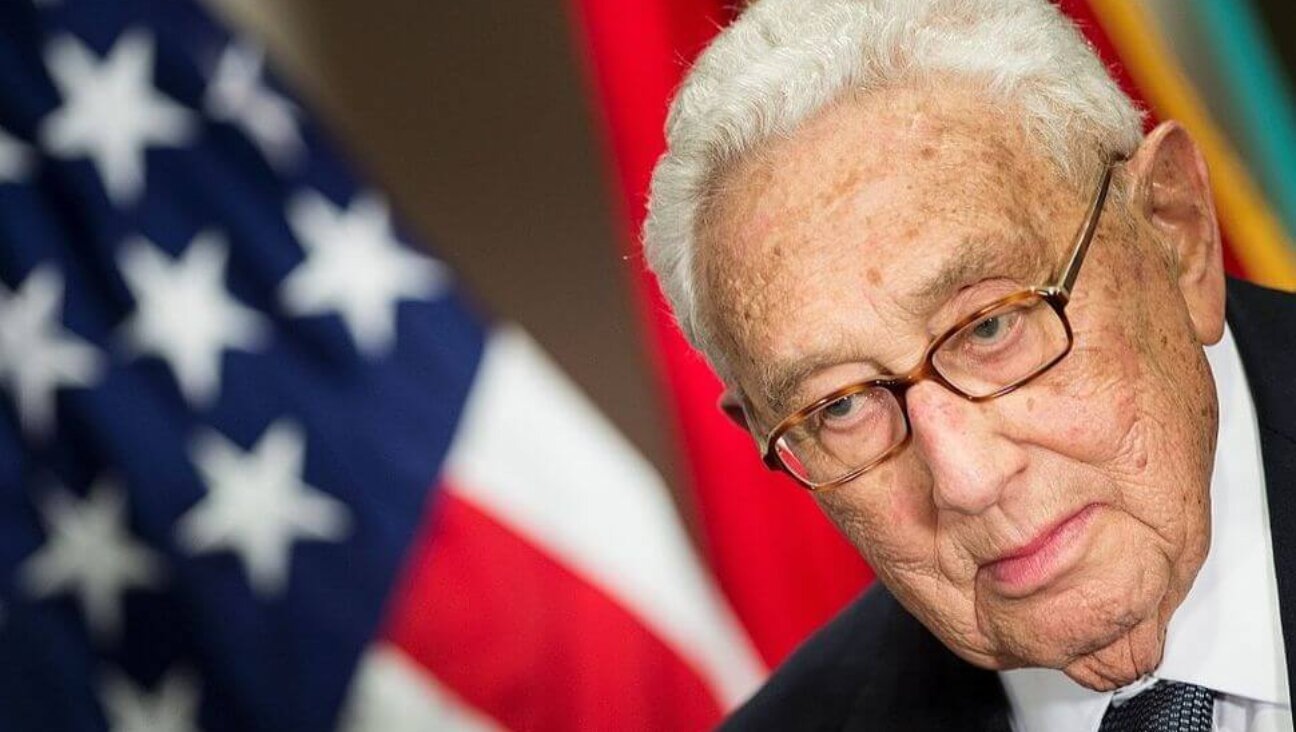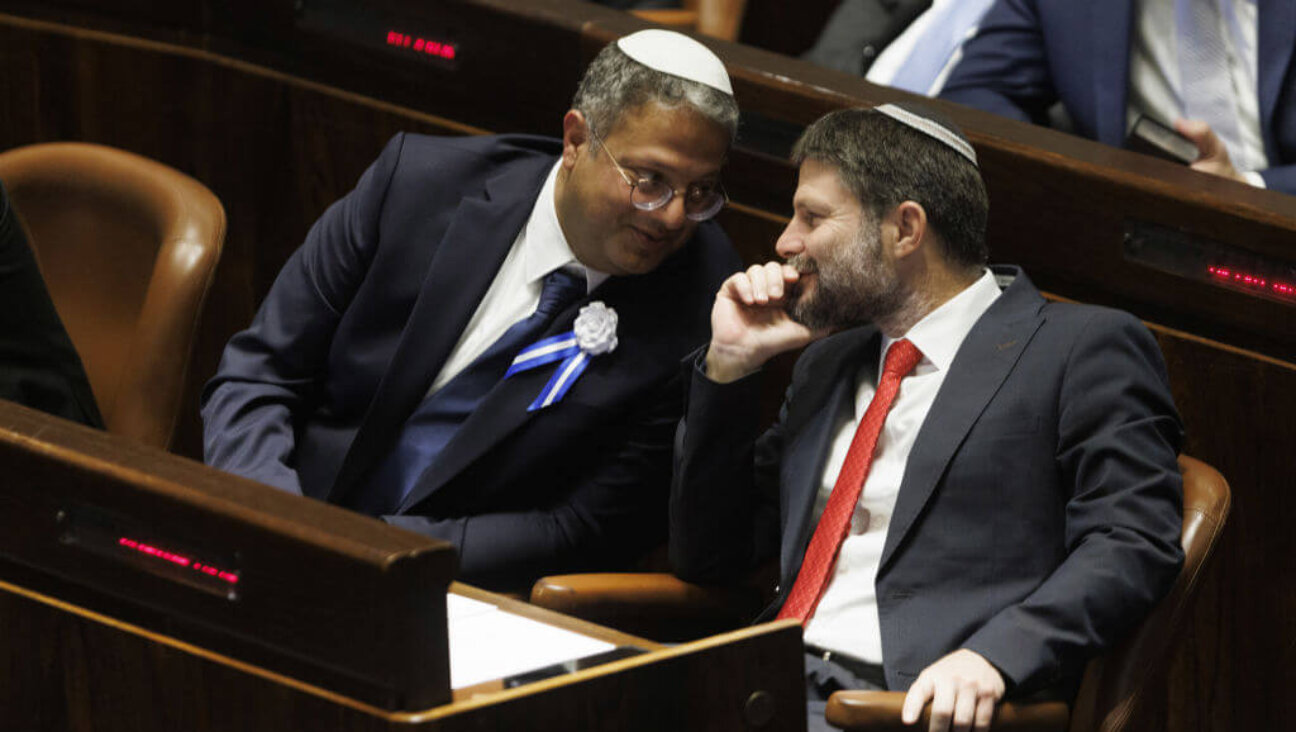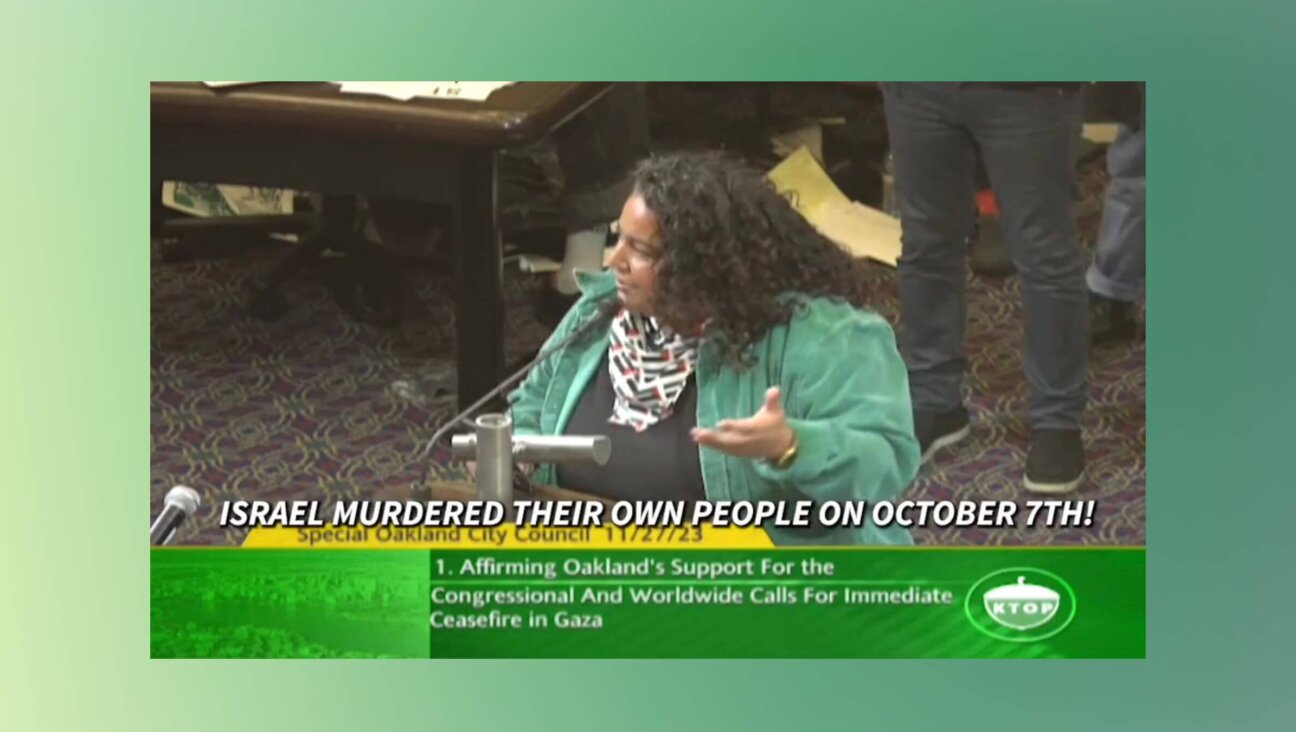Leave a Seat Empty at the Thanksgiving Table
In the late winter of 1951, while serving as vice president of the student body at Forest Park High School, in Baltimore, I met with our school’s principal, a man named Wendell Dunn, to talk about what we might do to mark the then-approaching “Brotherhood Week.” Baltimore in those days was a segregated city, segregated by law.
I suggested to Dunn that we might invite the choir from Dunbar High, the main high school for (then) Negro kids, to sing on our stage. Dunn looked at me balefully over his half-glasses and said, “Now don’t you think that’s going a little too far?”
That seems now forever ago. Just three years later came the Brown v. Board of Education decision of the Supreme Court, holding school segregation unconstitutional, and very soon thereafter, the great civil rights revolution began. My own preferred date for that beginning — such dates are always arbitrary — is December 1, 1955, the first day of the Montgomery bus boycott.
What brings all this to mind just now is the dedication the other day of the Martin Luther King Memorial in Washington, D.C., scarcely a half mile from the Lincoln Memorial, where in 1963 King gave to us and to the generations his “I Have A Dream” speech. There were Jessie Jackson, John Lewis, Dorothy Height and Andy Young, civil rights heroes of the early period, long since familiar, not yet quite ripe for mere nostalgic recollection but already iconic.
And there was Barack Obama. Only 20 years separate Jessie Jackson and Obama, but if you want a measure of how much things have changed these last decades, consider the differences between the two men and, perhaps more important, the differences in the public reaction to them.
Or try this: In my home state of Massachusetts, Deval Patrick is our new governor, elected by a landslide majority. Throughout a long campaign, I can recall not a single reference in the press or on television to the fact that Patrick is black. It was no secret, but neither did it appear relevant, not until the results were in and there was widespread note of this first black governor of our commonwealth, only the second black governor in American history. (The first, from 1990 to 1994, was Doug Wilder of Virginia.)
Obama and Patrick are roughly of the same generation. Patrick was 7 years old when King delivered his most famous speech, Obama just 2. The one was 12 and the other 7 when King was assassinated. (King himself, it is astonishing to recall, was all of 39 when he was slain.) Jackson and Andy Young were there with King in Memphis. And then, the very next day, the terrible riots, soon to spread to a hundred American cities, began.
And now, a new day. Not of a sudden, not a startling revolution, but a signal stopping point in a long struggle that continues. King was in Memphis to support 1,300 striking African-American sanitation workers, but he could as easily have been there as part of his “Poor People’s Campaign,” a controversial initiative that he’d undertaken just months earlier, a campaign that dribbled away ineffectively after his death.
No single person has so stirred the American public imagination since King, nor do the mass protests that King had in mind as the centerpiece of the Poor People’s Campaign any longer feel like a natural response to the persistent challenge of poverty. (If protests were today what they were in the mid-1960s, we’d surely by now have had more than the few desultory protests we’ve had against the war in Iraq.)
But the problem itself? Thirty-eight million Americans live at or below the poverty line, which is currently set at $15,423 for a family of three. Lou Dobbs tells us every night on CNN about the war on the middle class, and that is a very real concern. But 38 million people nowhere near the middle class, very many of them in fact earning less than half a poverty line income?
Congress last year rejected an increase in the minimum wage from the $5.15 an hour it approved in 1997. That may well change with the new Democratic majority — but for now, someone working full-time at the minimum wage for a full 52 week year earns $10,712, roughly two-thirds the poverty line.
Or try this: The wealthiest 3 million people in the United States — that’s the top 1% of us — have an annual income that is larger than the bottom 40%, 110 million people.
Or this: In 1970, the average CEO of America’s top 500 corporations earned 72 times what their workers, on average, earned. Today, they earn 431 times as much.
I am happy there’s a memorial being built in honor of King. It is entirely appropriate. But I have no doubt at all that there are other ways that King would have preferred to be memorialized.
A message from our CEO & publisher Rachel Fishman Feddersen

I hope you appreciated this article. Before you go, I’d like to ask you to please support the Forward’s award-winning, nonprofit journalism during this critical time.
At a time when other newsrooms are closing or cutting back, the Forward has removed its paywall and invested additional resources to report on the ground from Israel and around the U.S. on the impact of the war, rising antisemitism and polarized discourse.
Readers like you make it all possible. Support our work by becoming a Forward Member and connect with our journalism and your community.
— Rachel Fishman Feddersen, Publisher and CEO























